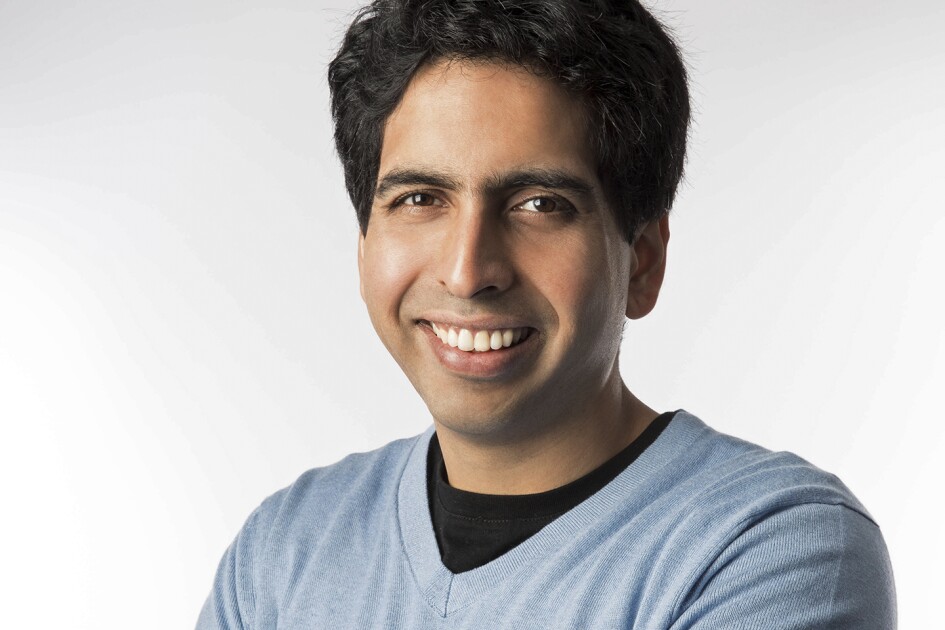[ad_1]

Khan Academy, the nonprofit educational organization that offers students free digital learning resources, has taken off in recent years. The organization now partners with 280 school districts, up from just 9 before the pandemic.
Khan Academy began in 2008 as a math tutoring platform but has branched out to include science and the humanities. It has more than 145 million registered users, and is used as a learning resource in and outside of schools.
Another ed-tech tool that is capturing the attention of educators and the general public? The latest version of ChatGPT, which uses artificial intelligence to write essays, haikus, and even lesson plans that can sound awfully close to what a human can produce.
So how are ChatGPT and other artificial intelligence tools likely to influence K-12 education? And how should schools think about and use these new technologies?
To unpack those questions, Education Week spoke over Zoom with Khan Academy’s founder, Sal Khan.
The conversation has been edited for brevity and clarity.
Big districts, including New York City, have banned ChatGPT. What’s your take on that strategy?
I’m definitely anti-ban. If a ban was truly effective, that in some ways is a disadvantage [for kids]. The same week that New York City public schools banned ChatGPT, Anthropic [an AI safety and research company] posted a prompt engineer job paying $275,000 a year.
What is a prompt engineer? There’s no degree for a prompt engineer right now. It’s just someone who really knows large language models [like ChatGPT]. If New York City’s ban were effective, you’re essentially keeping kids from this transformation of technology, which isn’t just going to be for prompt engineers. It’s going to be for any job that probably anybody is going to do for the rest of time. [Many careers are] going to have some use case around these large language models.
So the question is: How do you navigate a world where all of the students have access to it?
What are your thoughts on your own question?
The one mitigation, which isn’t a bad idea, is to have students do more writing in class periods, in front of you. I’ve always been an advocate of that, make class time more active. Most classes, class time is lecture or a little bit of discussion. And then you have to do all the work outside. The best writing classes are the ones where it’s like a real writer’s workshop, and kids are writing all the time. And the teacher and peers are giving each other feedback and saying, ‘Oh, you might want to tweak that, etc.’ But that’s obviously going to mitigate it.
The other one is to just openly embrace it. This is the future. I’ve told all our employees if you do any form of writing, and you’re not at least trying to use a large language model, you’re probably not efficient at this point.
Some say teaching the five-paragraph essay is essentially dead now that ChatGPT is here. What do you think?
I don’t agree with that. We’re working on ways so that the AI acts as a co-writer coach.
[For instance], the traditional way you assess reading comprehension is you give someone several paragraphs, and then you have some multiple-choice questions after. That’s what happens on every standardized exam.
We believe, let’s say, in the next year, there’s going to be ways that you can actually do reading comprehension and writing at the same time, where there’s a passage, and then the AI essentially works with the student to construct, essentially a five-paragraph essay, arguing a point anchored in that essay. So, it’s both reading comprehension and writing at the same time. Stuff like this never happened before.
AI can act very much like a really good coach [asking students] “Do you agree with the person who wrote this thing? Or do you not?” and “Okay, so let’s construct a thesis statement here. How would you support that if you only had three sentences to tell someone why? Okay, now, back up each of those sentences. And now let’s hit it home, traditional five-paragraph essay.”
I actually think the AI is going to help us do it better. Because what happened in the past is this: “kids, hey, write your five-paragraph essay by Friday.” You hand it in, the teacher will grade it, maybe by Monday, it ruins their weekend. And then you get feedback. If you have a really invested teacher, they might let you iterate on it. But oftentimes, you just get a grade, and you move on to the next assignment. [With ChatGPT, on the other hand], you’re going to get immediate coaching.
My son is almost three. What will writing instruction look like when he gets to elementary school? Middle school? High school?
I actually think at all three [grade levels], you’re going to have [a teacher say]: “we have 55 minutes, I want you to write a short story, an argumentative essay, whatever.” And it’s going to be facilitated by AI tools.
[ad_2]
Source link
